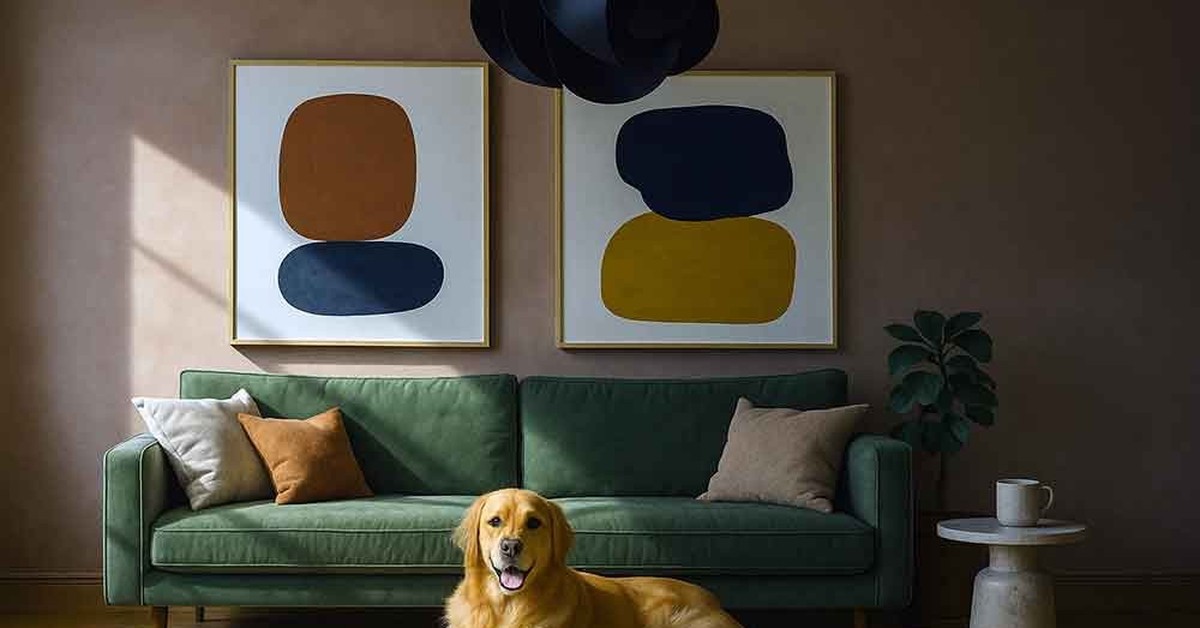So you're building a house in British Columbia. Congrats—you’ve just unlocked Hard Mode in real life. Before you accidentally design a home with zero closets and a bathroom door that opens straight onto the kitchen, let’s talk about who you actually want on your team.
Building designers are the house whisperers. Where architects might be juggling museums, offices, and abstract swan-shaped parking structures, building designers are deep in the world of kitchens, mudrooms, secret pantries, and “please don’t put the toilet there” layouts—all day, every day.
Technically, you don’t have to hire a building designer. Just like you don’t have to wear a seatbelt or use a GPS. You can raw-dog the permit process yourself, if chaos is your aesthetic. If not, a designer will keep your drawings on-code, on-track, and out of the rejection pile.
Certified building designers usually know the contractors, suppliers, and that one legendary framer who somehow always shows up on time. Their network means fewer “uh oh” moments and more “wow, that actually worked” moments.
Want a home that doesn’t roast you in August and freeze you in January? Designers are fluent in energy-efficient layouts, better envelopes, and “please stop donating money to your utility company” strategies.



